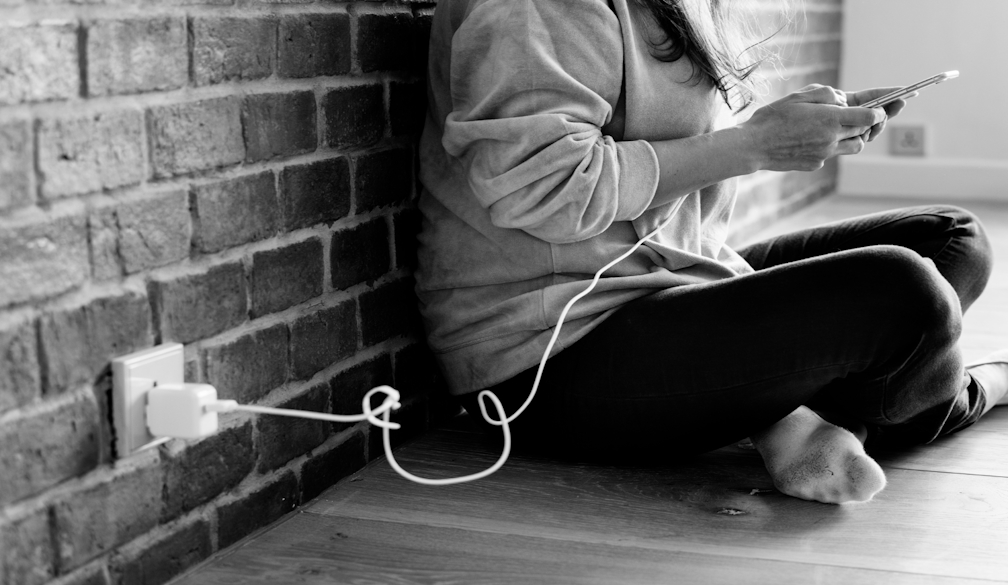Electrifying Truths About Your Home's Wiring

Your home's wiring is like the nervous system of your living space, quietly powering your daily life. However, myths and misconceptions about electrical wiring abound, leading to potential safety hazards and unnecessary concerns. In this comprehensive guide, we aim to debunk common myths, shed light on the facts, and underscore the critical importance of proper wiring for your home's safety.
Myth vs. Fact
1. Myth: Aluminum Wiring is Dangerous
Fact: While it's true that aluminum wiring was used in homes during the 1960s and 1970s, it doesn't inherently pose a danger. However, aluminum is more prone to corrosion, which can lead to lose connections and overheating. If your home has aluminum wiring, it's crucial to have a professional inspect from electricians Sydney regularly to ensure its safety.
2. Myth: Extension Cords Are a Permanent Solution
Fact: Extension cords are meant for temporary use, not as a permanent wiring solution. Overreliance on extension cords can overload circuits, leading to overheating and fire hazards. If you find yourself constantly using extension cords, it's time to consider additional outlets or have an electrician assess your home's wiring.
3. Myth: Outlets Don't Deteriorate Over Time
Fact: Outlets can wear out over time due to regular use, leading to lose connections. Flickering lights, intermittent power, or devices falling out of outlets are signs that it's time to replace them. Regularly inspect outlets through professional electricians Sydney and replace any that show signs of wear to prevent electrical hazards.
4. Myth: DIY Electrical Work is Always Safe
Fact: While some minor electrical tasks can be done by homeowners, major projects and repairs should be left to licensed electricians. DIY electrical work without the necessary expertise can result in faulty wiring, electrical shocks, or even fires. It's crucial to prioritize safety and seek professional help for complex electrical tasks.
5. Myth: GFCI Outlets Are Only Needed Near Water Sources
Fact: Ground Fault Circuit Interrupter (GFCI) outlets are commonly associated with areas prone to water exposure, such as kitchens and bathrooms. However, they are also essential in garages, basements, and outdoor spaces. GFCIs detect electrical imbalances and quickly cut power, preventing shocks and electrocution.
6. Myth: All Power Strips Are Created Equal
Fact: Not all power strips are designed to handle the same electrical load. Using a power strip beyond its capacity can lead to overheating and fire risks. Check the power rating of your devices and ensure the power strip can handle the total wattage. Consider using surge protectors for added safety.
7. Myth: Electrical Wiring Lasts Forever
Fact: While electrical wiring is durable, it doesn't last indefinitely. Over time, wiring insulation can degrade, and connections may loosen. If your home is several decades old and hasn't undergone a wiring upgrade, it's wise to consult with an electrician to assess the condition of your wiring and determine if an upgrade is necessary.
8. Myth: Turning Off a Circuit Breaker Completely Cuts Power
Fact: Even when a circuit breaker is in the "off" position, there may still be live wires in the electrical panel. When working on electrical installations or repairs, it's essential to use additional safety measures, such as testing for live wires with a voltage tester, to ensure complete safety.
Safety First:
Ensuring the safety of your home's electrical system should be a top priority. Here are some essential tips:
- Regular Inspections: Conduct routine inspections of your wiring, looking for signs of wear, damage, or exposed wires. Address any issues promptly.
- Professional Maintenance: Hire a licensed electrician for periodic maintenance. They can identify potential problems and ensure your wiring meets current safety standards.
- Upgrading Outdated Wiring: If your home is several decades old, it may still have outdated wiring that doesn't meet current safety codes. Consider upgrading to modern wiring systems to reduce the risk of electrical fires and improve overall safety.
When to Upgrade?
Frequent Circuit Breaker Tripping:
If your circuit breakers trip frequently, it could indicate that your electrical system is overloaded. Upgrading your wiring can help accommodate the increased demand for power in modern homes.
Flickering Lights:
Flickering lights may be a sign of loose or faulty wiring. Ignoring this issue can lead to electrical fires. A professional inspection can identify and rectify the problem.
Burning Smells:
The presence of a burning smell, especially near outlets or switches, is a clear indication of overheating. This is a serious safety concern that requires immediate attention from an electrician.
Ask the Electrician:
Your home's electrical system is complex, and it's okay to seek professional help. If you have any concerns or questions about your wiring, don't hesitate to contact a licensed electrician. They have the expertise to assess your home's unique needs and address any issues.
Thus, understanding the truths about your home's wiring is crucial for the safety and well-being of your household. By dispelling common myths, emphasizing safety measures, and knowing when to upgrade, you can ensure that your home's electrical system remains reliable and secure. Remember, when in doubt, consult with a qualified electrician to keep your home electrifyingly safe.


